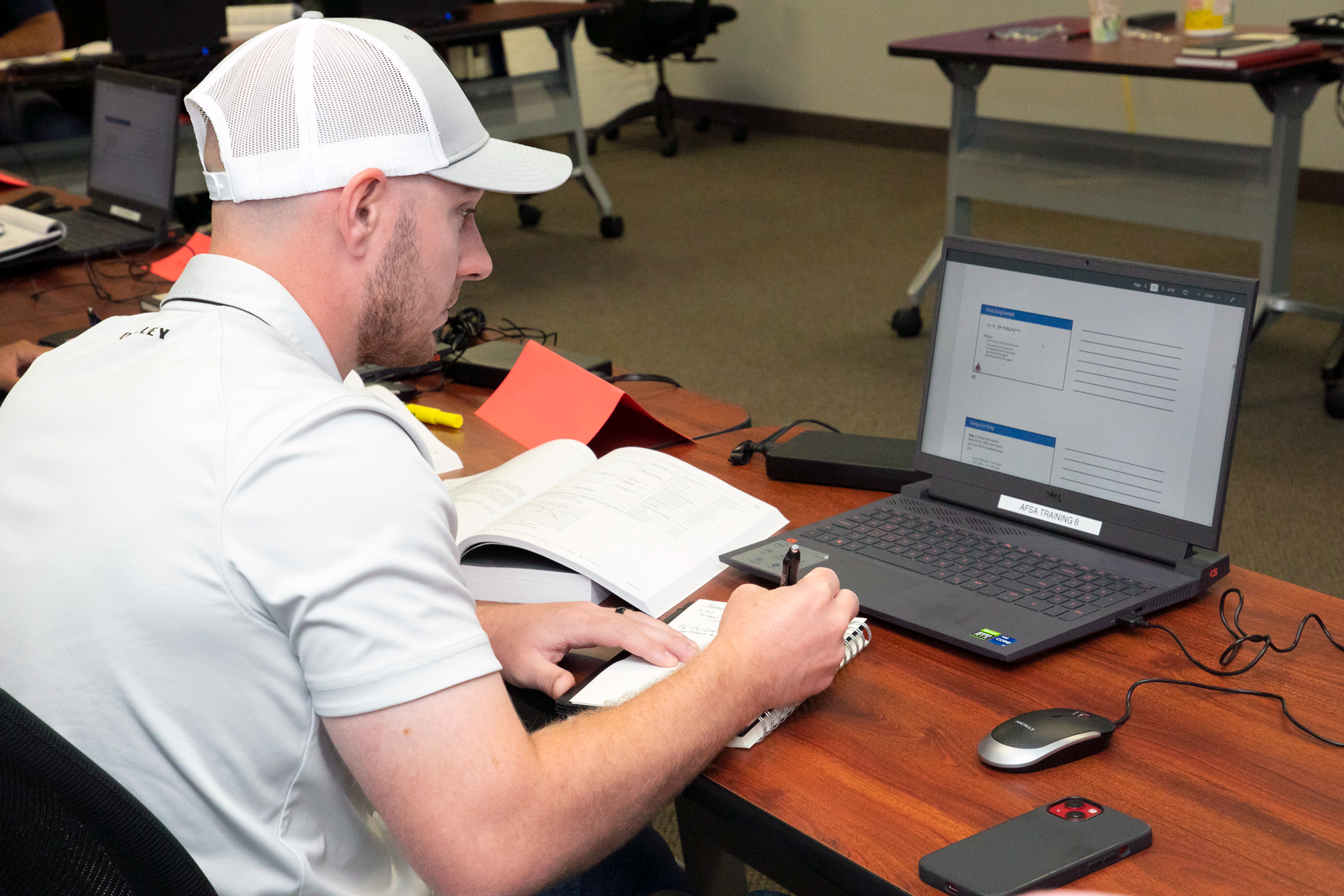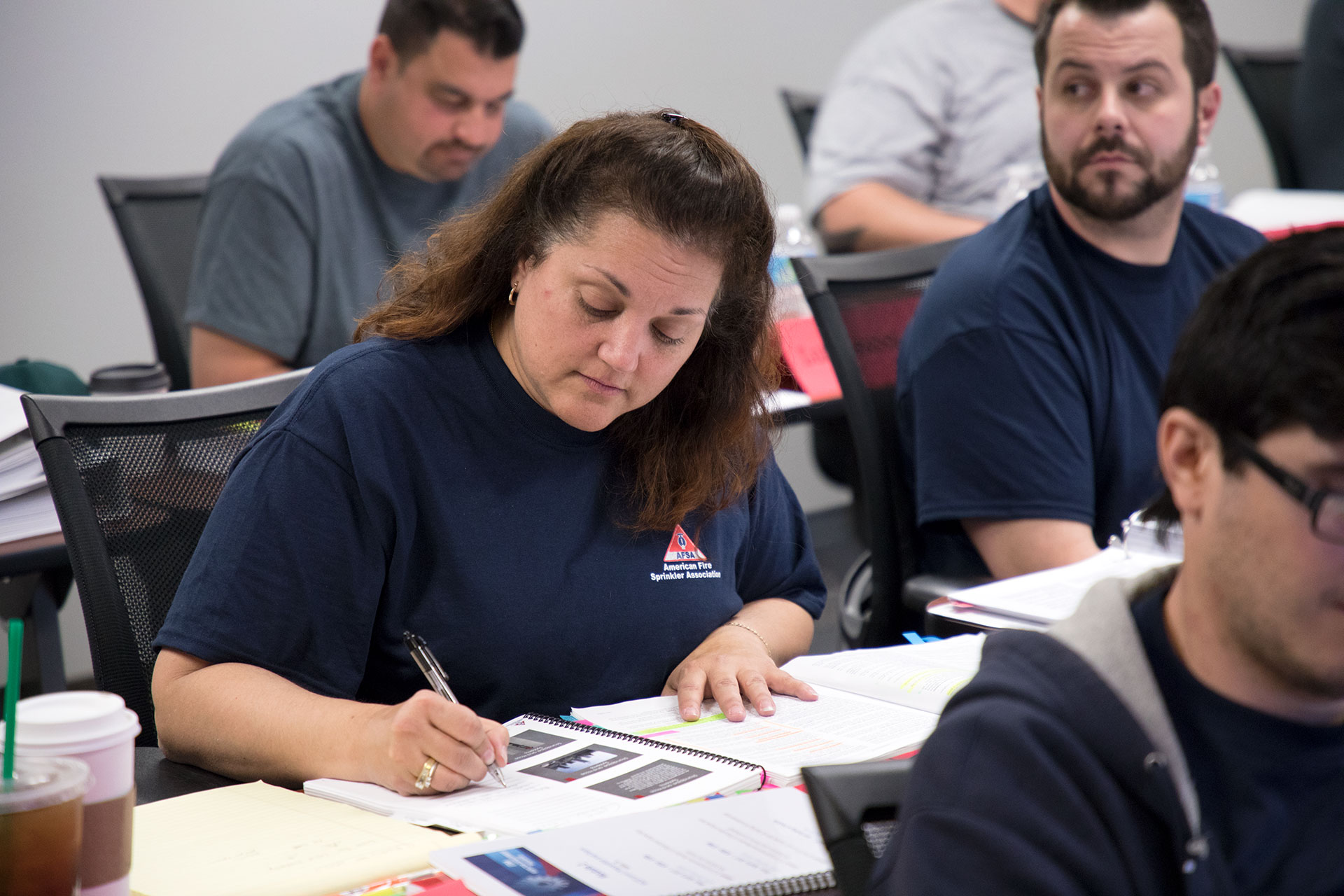
Designers
Fire sprinkler layout technicians are responsible for designing various fire sprinkler systems for residential and commercial applications. They perform field and site surveys, construction site inspections, and construction site punch listing. They draft fire sprinkler piping shop drawings in AutoCAD and FireCAD. According to their project specifications, they review and modify requirements for fabrication, assembly, and testing.
Example Responsibilities from resumes of fire sprinkler designers:
- Lead the development of BIM modeling content for the architecture team as a direct report to the executive and lead architects.
- Design of fire sprinkler drawings, as-built drawings, site water supplies design and testing.
- Follow all OSHA standards and laws.
- Submit drawings for approval to AHJ.
- Produce MEP/FP drawings via AutoCAD and Revit.
- Prepare plans and submittals for review by AHJ.
- Utilize Revit, AutoCAD, and SprinkCalc software.
- Read and interpret architectural, structural and MEP drawings.
- Compose OSHA and ANSI approve procedures for the certification of testing personnel.
- Coordinate with all other trades when making installation drawings by using BIM model.
- Coordinate with other skill professionals (electricians; mechanical and HVAC installers).
- Re-create new (MEP) and structural drawings under existing conditions for design coordination.
How Long Does It Takes To Become A Fire Sprinkler Designer?
It typically takes 2 – 6 years to become a fire sprinkler designer:

Educational Requirements
TRADE SCHOOL:
You can also be trained as a designer in The American Fire Sprinkler Association's Beginning & Intermediate Design Programs.
There are certain fire sprinkler designer certifications that you should consider. These fire sprinkler designer certifications include NICET and Certified Fire Protection Specialist (CFPS).
COLLEGE:
There are several educational requirements to become a fire sprinkler designer. Fire sprinkler designers usually study drafting and design, mechanical engineering, or fire science and protection. 48% of fire sprinkler designers hold a associate degree, and 34% hold an bachelor's degree. We analyzed 584 real fire sprinkler designer resumes to see exactly what fire sprinkler designer education sections show. The most common colleges for fire sprinkler designers are the Oklahoma State University and the University of Maryland.
What Degree Do You Need To Be A Fire Sprinkler Designer?
- Associate, 48%
- Bachelor's, 34%
- High School Diploma, 12%
- Diploma, 2%
- Other Degrees, 4%
What Training Programs Are Available?
AFSA's Beginning Design School
The Beginning Design School presents a comprehensive, practical approach to preparing fire sprinkler system drawings. Over a three-week period, students will attend six live webinars studying and reviewing the installation and design approach requirements of NFPA 13 (2022) while completing self-paced exercises and module assessments. Q&A sessions and open discussions will also be included as part of the online instruction. The second part of the class will be a week of in-person training, preparing fire sprinkler system layout, shop drawings, and hydraulic calculations by hand. The course concludes with a comprehensive exam of the class content including the installation requirements and hydraulics. There is no CAD or third-party software taught in this class.
- Hybrid (Virtual and In-Person) – AFSA’s Beginning Design School is re-designed for a hybrid approach with (6) live webinars offered first, followed by (1) week of in-person instruction.
- Traditional (In-Person Only) – This learning approach includes ten days of in-person training over the course of two weeks.
MORE INFO >
Potential Career Paths
Average Fire Sprinkler Designer Salary
Source: Zippia.com 

